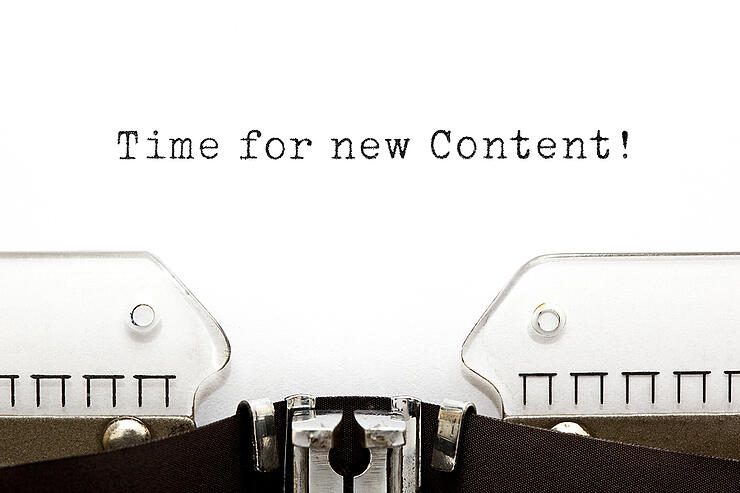Sydneysiders and Melbournites will wake tomorrow March 4 to a tabloid format of their city dailies, the Sydney Morning Herald and The Age. Consumers of the Canberra Times are also in for a dramatic change – they too will see a so-called “compact” version of their traditional broadsheet on newsstands.
Like The Age, the Herald has a long and proud broadsheet heritage. Tomorrow’s change is an historic shift in the paper’s 188-year story.
And just as other broadsheet mastheads around the world have downsized print formats and upgraded their digital strategies, the impetus behind tomorrow’s change goes far beyond the commercial considerations of the cost/benefit ratio of smaller print formats and reduced editorial headcount.
It goes to the heart of the great disaggregation of media: where all brands (whether a traditional media masthead or a consumer product brand or a government brand…or any brand for that matter) now compete for consumer audiences on the battleground of owned content.
For the publishers of the Herald, Fairfax, the task is to not only convert their 7 million or so pairs of eyeballs into loyal consumers of their owned content. It is to also stave off the rising tide of content competition from every corner of the planet!
The flip side to this, of course, is that content marketing has created the ready means by which organisations can by-pass old world channels owned by media proprietors to reach consumers. And, perhaps ironically, it is this great democratization of content (if that is not too lofty a term) which will also ultimately require the old media companies to substantially lift the quality of what they do, sharpening their focus on their unique value proposition to consumers.
Online content from the Herald has been free to date. But this will soon change, in line with the more visible changes being rolled out to the hard copy newspaper. Expect to see new details of the Herald’s revised, pay-to-view pay wall, borrowed heavily from the New York Times’ digital model.
Did we see these changes coming? Yes. As a former Fairfax employee who sat in meetings hearing details of the grand rollout of big ticket colour printing presses in Melbourne and Sydney during the past decade and a bit, the decision to now close that same infrastructure only confirms what we all once felt in our gut: the investment should have gone to web, not print.
But that is all history. In 2013, along with one in five jobs, two print operations at Fairfax are now also gone.
But back to impact. Will quality drop? Unlikely, in my view. Expect to see a lift in the “serious news” component of the Herald’s content. While the format may be tabloid (or the euphemistically described ‘compact’ as Fairfax prefers to call it) the content will lift towards the one key attribute with which few others can compete: ethical, quality reporting of news. Fact-based gathering. Less “infotainment”.
What this reinforces, in my mind, is that the business of media has always been about packaging a product – news, information, entertainment, opinion and analysis – into a readily consumable medium.
The challenge, and big opportunity, is that great content prevails to become a hallmark for future quality communication with scalable, sustainable brand success as its outcome.












